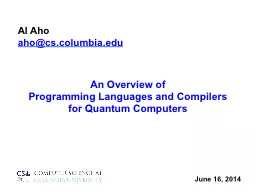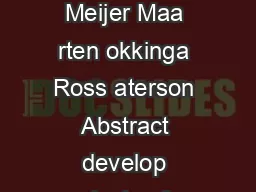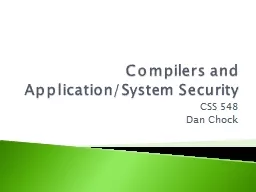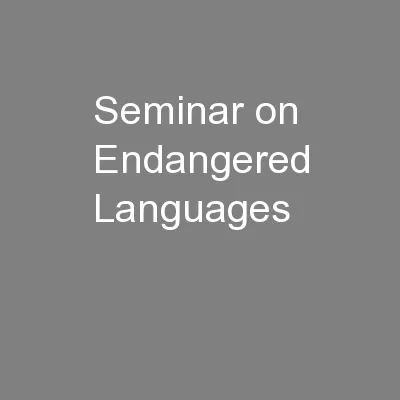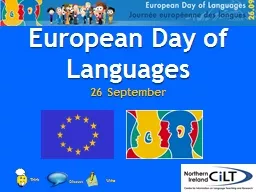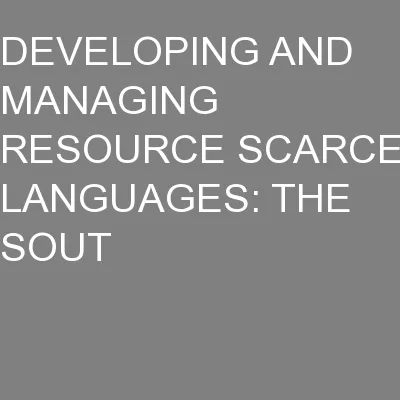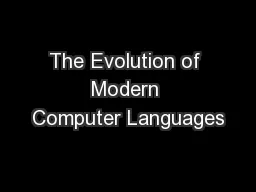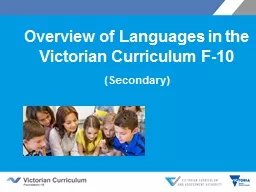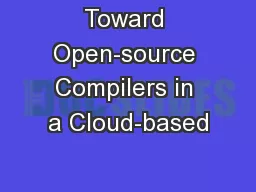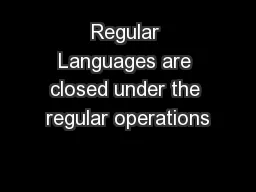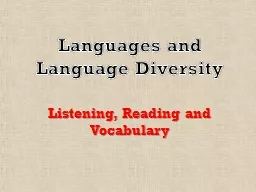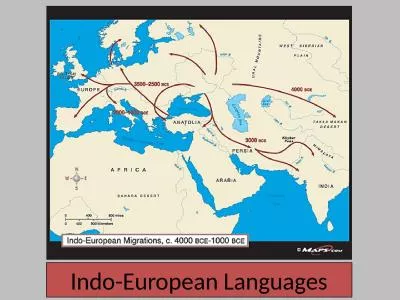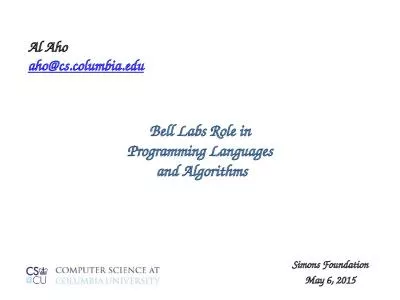PPT-An Overview of P rogramming Languages and Compilers
Author : olivia-moreira | Published Date : 2018-03-21
for Quantum Computers June 16 2014 Al Aho ahocscolumbiaedu A Compiler Writer Looks at Quantum Computation Why is there so much excitement about quantum computation
Presentation Embed Code
Download Presentation
Download Presentation The PPT/PDF document "An Overview of P rogramming Languages an..." is the property of its rightful owner. Permission is granted to download and print the materials on this website for personal, non-commercial use only, and to display it on your personal computer provided you do not modify the materials and that you retain all copyright notices contained in the materials. By downloading content from our website, you accept the terms of this agreement.
An Overview of P rogramming Languages and Compilers: Transcript
Download Rules Of Document
"An Overview of P rogramming Languages and Compilers"The content belongs to its owner. You may download and print it for personal use, without modification, and keep all copyright notices. By downloading, you agree to these terms.
Related Documents

